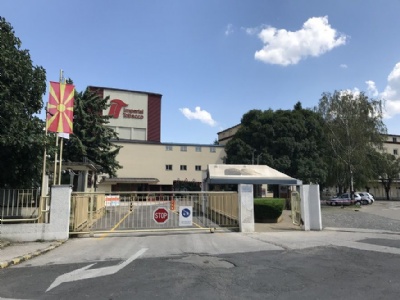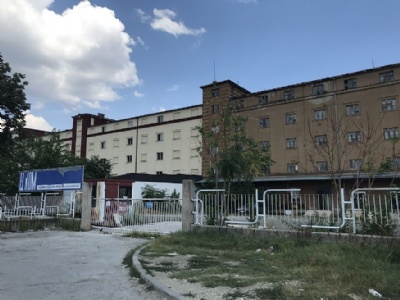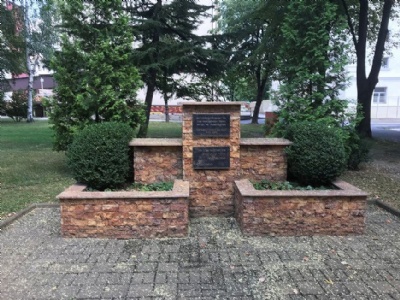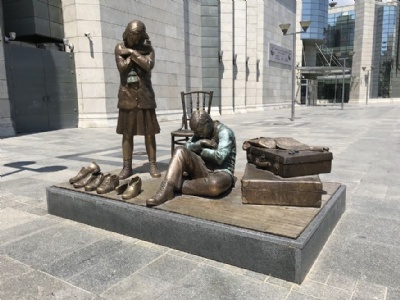Skopje
In April 1941, Germany invaded Yugoslavia and Greece. Yugoslavia was divided between Germany and its allies (Italy, Hungary, Romania and Bulgaria). Bulgaria was allocated, among other territories, the former Yugoslavian Macedonia. There were more than 7000 Jews in this area. These were so-called Sephardic Jews who originated from the Iberian Peninsula from which their ancestors had been forced to flee in the late 15th century. In the fall of 1941, the Bulgarian authorities introduced anti-Jewish laws that affected Bulgarian Jews legally, economically and politically. The Germans tried to get the Bulgarian authorities to hand over the Jews on Bulgarian territory to the Germans. However, the Bulgarians were not at all interested in this ’cause they knew what faith awaited the deported. However, after pressure from the German authorities, an agreement was reached in early 1943 whereby Jews without Bulgarian passports were handed over to the Germans.
In a large-scale operation, the Bulgarian police therefore arrested around 7,300 Macedonian Jews. Almost two hundred of these were released, partly because they managed to get passports issued that made them citizens of a state that was not under German control. The Jews were imprisoned in a tobacco factory in Skopje without adequate sanitary facilities. Lack of food and other supplies further complicated the situation. The factory was located next to an existing railway track which facilitated the upcoming deportations. The Bulgarian authorities carried out the first deportation on March 22, 1943, to Treblinka in occupied Poland. Two more transports left the factory the following week for the same destination. Virtually all of the Jews deported from the factory were murdered in Treblinka’s gas chamber.
In addition to Macedonian Jews, the Bulgarians also handed over about 4000 Jews from an area formerly belonging to Greece. These Jews were first taken to transit camps in Bulgaria from where they were later deported to Auschwitz where they met the same fate as the Macedonian Jews.
Current status: Preserved with monument (2018).
Location: 41°59'14.61"N 21°26'18.59" E
Get there: Walk from central Skopje.
Follow up in books: Gilberg, Martin: Holocaust: A History of the Jews of Europe During the Second World War (1987).




The Tobacco factory still exists and is surrounded by a security arrangement where only authorized persons are allowed to pass the gates. This becomes a problem because the monument is located inside the site and the information on the Internet is not always clear about what applies. As a long-distance visitor, it is of course unfortunate to discover this on the spot, but depending on the guards working and how keen you are, it may be possible to find a solution. In my case, it ended with one of the guards going in and taking some pictures with my cell phone. In central Skopje there is a museum dedicated to the Macedonian Jews.